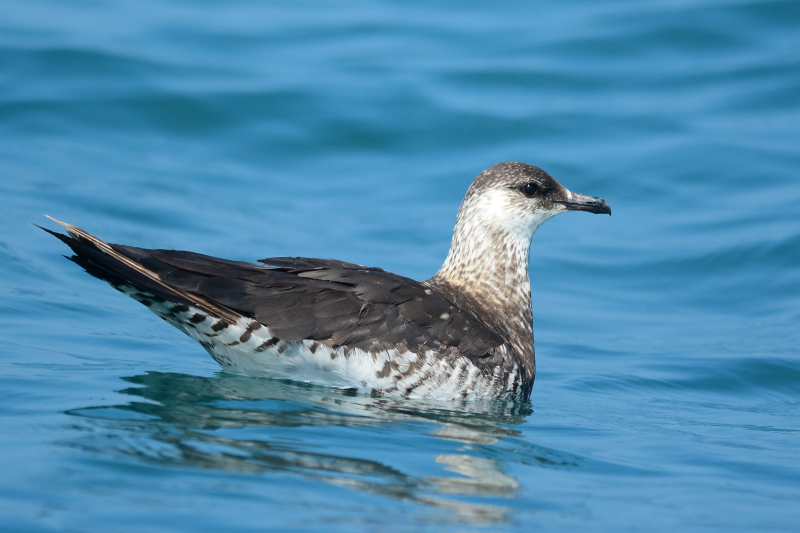Jaeger
The jaeger, a formidable seabird often associated with the remote and frigid regions of the world, is a powerful and skilled predator of the open ocean. Known for its striking appearance and impressive hunting techniques, the jaeger plays a vital role in marine ecosystems, contributing to the delicate balance of oceanic food chains.
Belonging to the family Stercorariidae, jaegers are medium to large-sized birds characterized by their robust build, sharp beaks, and remarkable aerial agility. These seabirds are renowned for their striking and varied plumage, often exhibiting a combination of dark and light colors. Jaegers have adapted to a life at sea, with long, pointed wings that facilitate effortless gliding and precise maneuvering over the vast expanses of the ocean.
One of the notable features of jaegers is their predatory behavior. Aptly nicknamed "skuas of the seas," these birds are skilled pirates of the avian world, often engaging in kleptoparasitism. They are known to harass other seabirds, forcing them to regurgitate their recent catches, which the jaeger skillfully appropriates. This behavior is a survival strategy, allowing jaegers to capitalize on the hunting efforts of other species without expending their own energy in pursuit.
There are several species of jaegers, each adapted to different aspects of oceanic life. The long-tailed jaeger, for instance, is recognized for its lengthy tail feathers and graceful flight, while the parasitic jaeger is known for its aggressive and opportunistic feeding habits.
Jaegers are migratory birds, traveling vast distances between their breeding grounds in the Arctic tundra and their wintering areas in more temperate or tropical regions. During the breeding season, they establish nests on open tundra, laying well-camouflaged eggs to protect against potential predators.
















